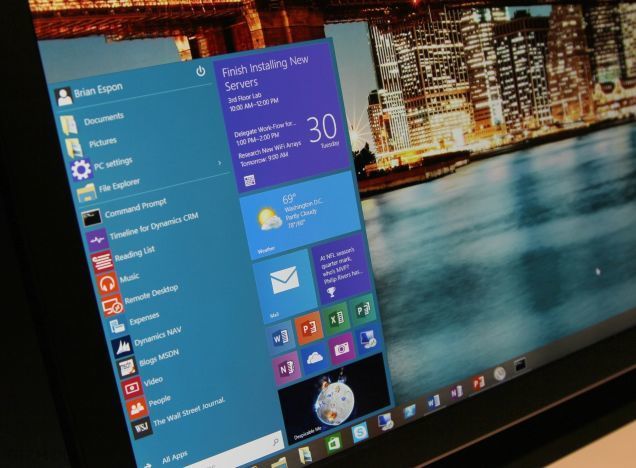
Talk to experts
If you ever have any questions related to IT, you can call at any time. Whether you’re interested in buying new hardware or you want to backup data, you can direct your questions towards us. Here are some of the topics you can talk to us about:
- Technical and help desk support
- Software training and support
- Network design and implementation
- Hardware design, installation and configuration
Make better IT investments
Small businesses only have so many resources to allocate to IT investments. It’s important that those resources are used efficiently.
We advise all of our clients to talk to us before purchasing any new hardware. Whether you’re looking to upgrade your computers or finally buy a new printer, you can always ask for our advice. We’ll let you know if we recommend a specific model or if something won’t be compatible with your network.
Lower your risk
IT consulting provides business owners with an invaluable peace of mind. You don’t have to worry about network failure or cyber security. Furthermore, we provide 24/7 support so you’re covered through the night. Our technicians are available round the clock and are ready to help you with your IT issues.
Small business owners aren’t expected to be IT experts. But with the role of technology in business today, you either have to be one or know someone knowledgeable to talk to. This doesn’t necessarily have to be an in-house employee, as long as you’re willing to call in to contact support.
To talk more about IT consulting, or anything else, please contact us. Thanks.






